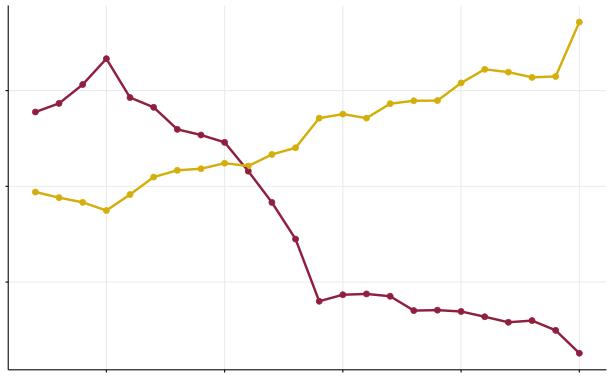Data Science for Class Struggle
> Data-driven analysis and criticism of capitalism
> Data visualization and data storytelling
> Data science learning resources for the left
> Marxist perspectives on data science and socialism

Subscribe to be notified of updates
Click the button below to sign up for email updates when new stories or resources are released. My mailing list is powered by Buttondown, a light weight and privacy friendly newsletter service.
Data Science Education
Recent Posts

Capitalist exploitation might begin in the workplace, but it certainly does not end there. If exploitation can also happen outside of the workplace, any measure of class should try to take this into account. This analysis uses data from the Canadian Income Survey to account for many sources of income when measuring exploitation.

If your boss makes a dollar, you make a dime. That’s why you analyze the links between social class and exploitation on company time. Rather than treating objective social class as some function of income, education, and occupation, we’re going to begin with capitalist exploitation in the workplace, then build out from there. Drawing on the labor theory of value, we’ll establish how much value each hour of labour adds to the overall production – the Monetary Equivalent of Labour Time – and use that as a basis for measuring exploitation.

Canada is a strong contender for the least class aware society on the planet. It’s stiff competition, but I think we have a good shot at the title. So what is the state of class consciousness in Canada? To find out, we’ll use survey data explore the subjective side of social class to see how most people think about class.

We don’t talk very much about class anymore, and when we do, the discourse is often very confused. This is an introductory post to a series on objective and data-driven class analysis, giving an overview of the mainstream (liberal) version of class and its counterpart of Marxist class analysis.
